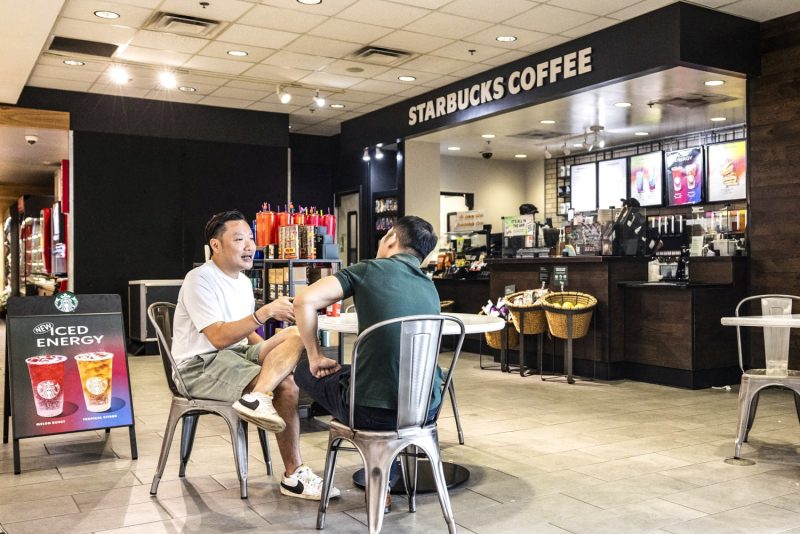In recent times, Starbucks has faced a formidable challenge as its customers increasingly seek their caffeine fix elsewhere. The iconic coffee chain, known for its convenient locations, cozy ambiance, and vast menu options, has seen a decline in sales that has left many industry experts puzzled.
One of the key reasons behind the decline in Starbucks’ sales is the changing consumer preferences. In an era where convenience and personalization are paramount, many customers are turning to smaller, independent coffee shops that offer a more personalized experience. These smaller establishments often focus on high-quality, craft coffee and provide a more intimate setting for customers to relax and enjoy their beverages.
Moreover, the rise of remote work and the increasing popularity of home brewing have also contributed to Starbucks’ sales woes. With more people working from home, the demand for coffee on-the-go has decreased significantly. Many customers now prefer to brew their coffee at home, saving time and money in the process.
Another factor that has impacted Starbucks’ sales is the growing trend of health-conscious consumers. As more people become aware of the health risks associated with consuming too much sugar and processed foods, they are opting for healthier alternatives. This shift in consumer behavior has led many customers to seek out coffee shops that offer organic, low-sugar, and plant-based options, which Starbucks has been criticized for lacking.
Furthermore, the increasing competition in the coffee industry has put pressure on Starbucks to differentiate itself from its competitors. With new players entering the market and existing chains revamping their menus and marketing strategies, Starbucks has struggled to maintain its competitive edge. The company’s reluctance to innovate and adapt to changing consumer preferences has also played a role in its declining sales.
To address these challenges and win back customers, Starbucks will need to rethink its approach and make strategic changes. One potential solution could involve revamping its menu to include more health-conscious options, such as sugar-free syrups, plant-based milk alternatives, and organic coffee beans. By catering to the evolving tastes of consumers, Starbucks can attract a wider customer base and improve its sales performance.
In conclusion, Starbucks’ declining sales can be attributed to a combination of factors, including changing consumer preferences, the rise of remote work, health-conscious trends, and increasing competition in the market. To bounce back from this setback, Starbucks must be willing to adapt, innovate, and cater to the evolving needs of its customer base. Only through strategic changes and a renewed focus on customer satisfaction can Starbucks reclaim its position as a leading player in the coffee industry.




























